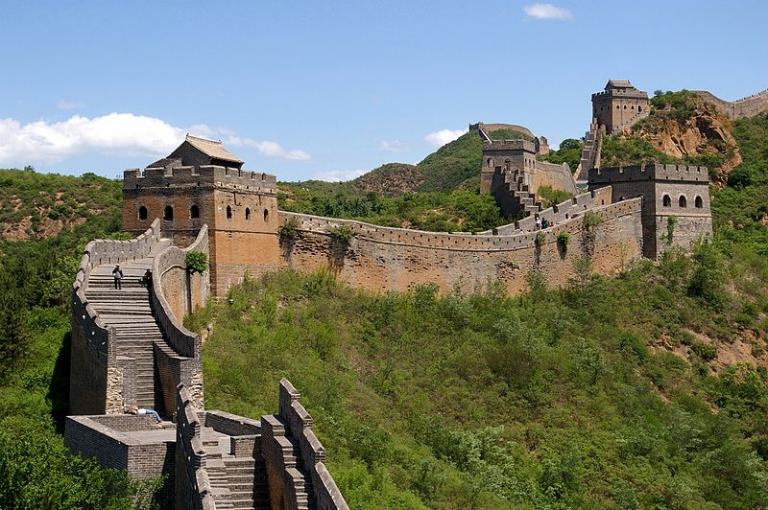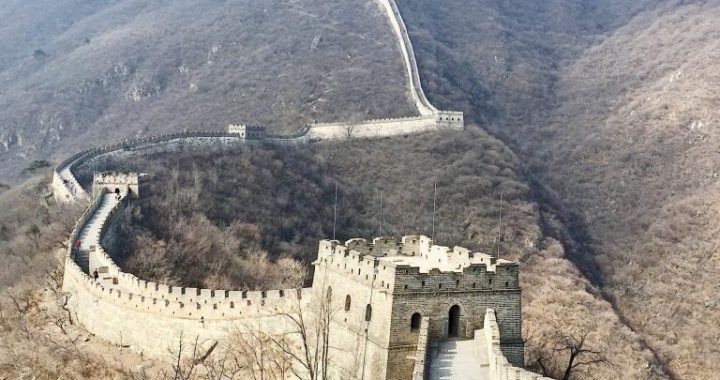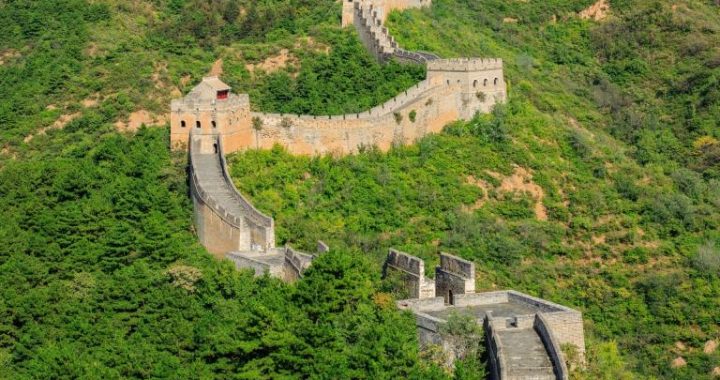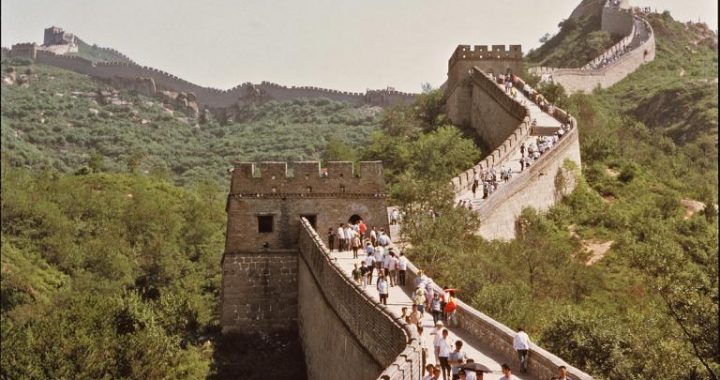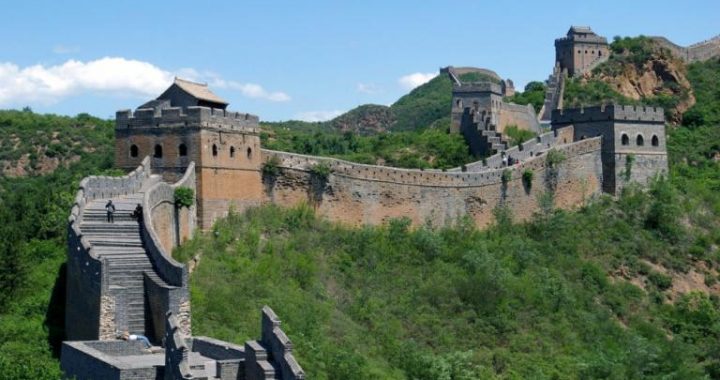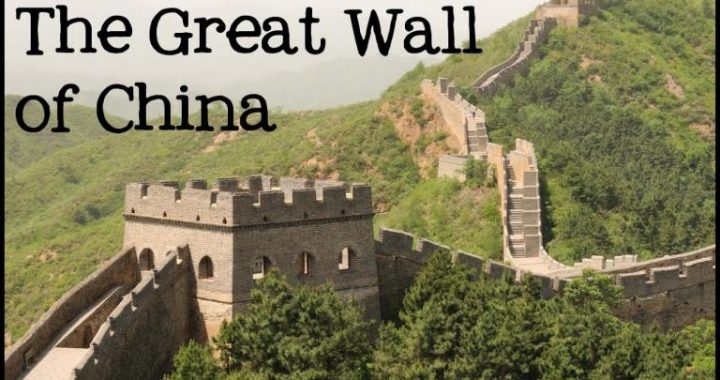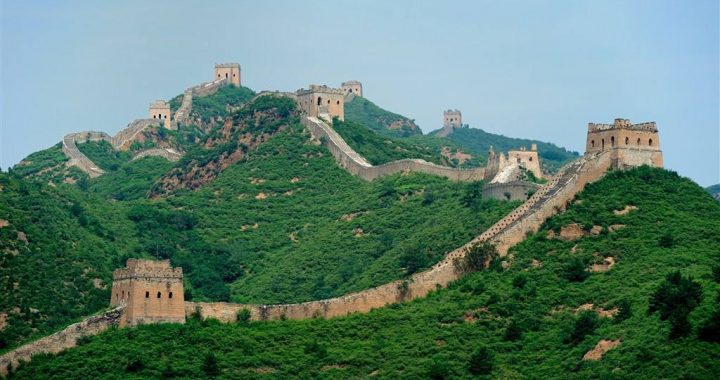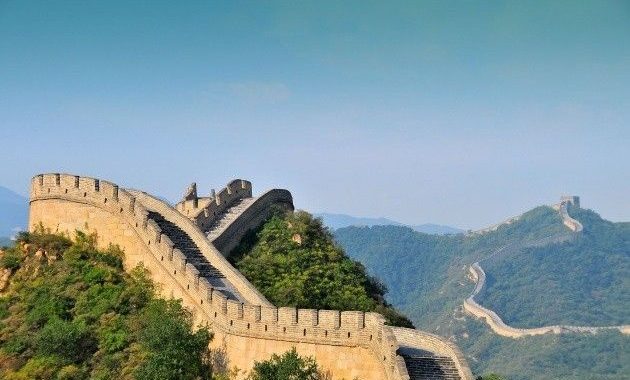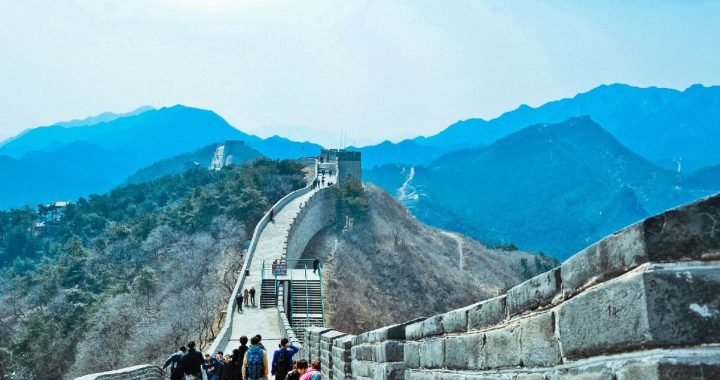The Historical Background of Building the Ming Great Wall
4 min readThe Ming Great Wall was the most magnificent Great Wall in China.During the rule of the Ming dynasty(1368-1644),the rulers,regardless of cost,spending more than 200 years and using large amounts of labors and money,rebuilt the Great Wall,changed the line of and extended the original walls,hence the famous“Ten-thousand-li Great Wall”.
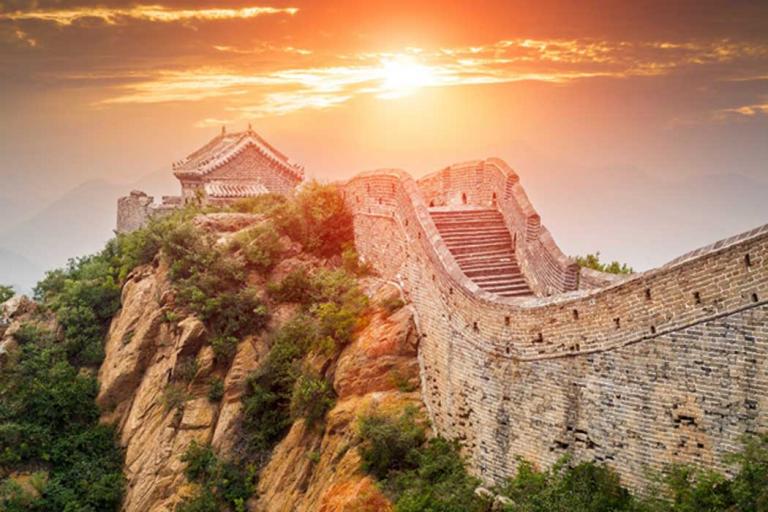
The present Great Wall
In fact there were profound political factor and historical background behind the construction of this 10,000-li long and world-shaking military defense project by the Mingdynasty(1368-1644) at enormous cost.
After the many years of war in the late Yuan dynasty (1206-1368), there was only an empty treasury when the Ming dynasty(1368-1644) was established. And the militarystrength was also quite weak, defeated every time when they fought wars with the remaining troops of ? Emperor Taizu of the Ming Yuan. The austere reality aasy, zu Yuanzhang made the Ming dynasty(1368-1644) realize that with their strength then they were unable to annihilate the remaining forces of the Yuan dynasty(1206-1368). How to stabilize and solidify the newly acquired ruling position? ZhuYuanzhang chose to continue the way of governing he adopted before the Ming dynasty(1368-1644) was established”building walls high, storing grains broadly and delay in enthronement”proposed by Zhu Sheng who camefrom Xiuning in Anhui Province.”Building walls high” was a long-term military tactics to consolidate one’s strength and attack when the chance came, and when it was applied to the aspect of defense it certainly contained the strategic meaning of building walls to defend in the border area. In 1368, after Zhu Yuanzhang gained the regime, he began the construction work of the Great Wall.
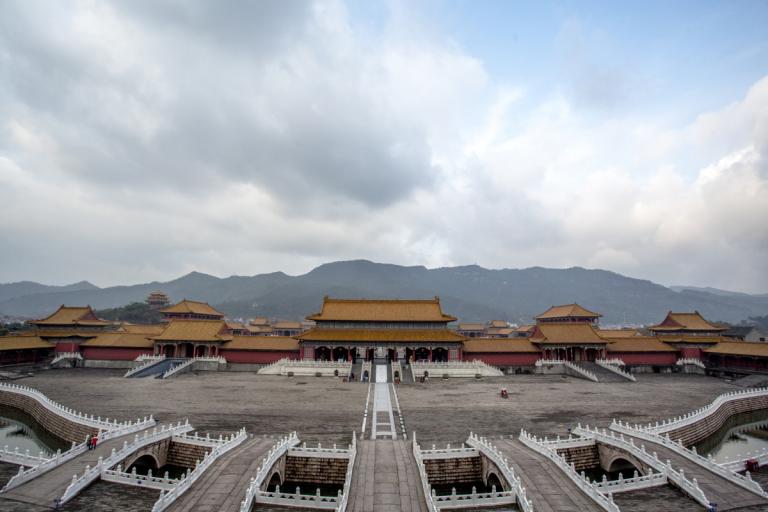
After more than ten years’ efforts, the defense capability of the Ming dynasty (1368-1644) in the north was greatly strengthened, and the Ming dynasty (1368-1644) began to launch wars towards the remaining forces of the Yuan dynasty(1206-1368). In February of the 20th year of Hongwu reign (in 1387), the General Feng Sheng led 100,000 troops to attack the Nahachu tribe of the Northern Yuan, defeated them utterly and disintegrated the remaining forces of the Mongols. The remaining Mongolian nobles all came over and pledged allegiance to the Ming dynasty (1368-1644). However, they were not willing to submit to the Ming dynasty(1368-1644), therefore the Mongolian nobles of the Northern Yuan usually had in-tense conflicts with the Ming dynasty(1368-1644). From 1390 to 1396, the Ming dynasty(1368-1644) launched wars to all the tribes of the Northern Yuan and essentially established the stable situation in the border area. In Gansu Province, since the Ming dynasty (1368-1644) pacified the Hexi area at the beginning and set Gansuwei to be responsible for the defensive affairs, the Hexi area was quite stable. With several times of effective expeditions to the north, the troubles on its northern border, especially Hebei province, Shanxi province and Shaanxi province were largely alleviated. However, the forced westward movement of the Mongolian tribe brought many troubles on the border area to Gansu province.
During Hongzhi and Zhengde reign, in order to defend against the intrusion of the Mongols, the Ming dynasty(1368-1644) discussed the necessity of building Great Wall again, and in the earlier Ming dynasty it set four garrison posts, Liaodong, Xuanfu, Datong and Yansui, in the north, and later Ningxia, Gansu and Jizhou were added, in addition to the original Guyuan and Taiyuan.
They were called “Nine Frontiers”, all distributed with large number of forces to defend in sections.
In 1421, Emperor Chengzu, Zhu Di, moved the capital to Yanjing(the present-day Beijing). After that, Emperor Chengzu had led the army in person to the northern desert for five times, but this didn’t solve the problem of consolidating boundary defense completely. However, in the process of expeditions to the north, the emperor deeplyunderstood that it was indispensable to strengthen the defense system in the northern frontier; therefore he began to attach more importance to strengthening the military defense system and constructing the Great Wall. After the death of Emperor Chengzu, the military strength of the Ming dynasty(1368-1644) weakened a lot after years of wars, having long been lost the ability to organize huge anabasis army to fight war with the remaining forces of the Northern Yuan. Since the enthronement of Emperor Yingzong, the Ming dynasty(1368-1644) began to decline after over 70 years of reign by Emperor Jing, Emperor Xianzong and Emperor Xiaozong successively. The eunuchs were in power and the politics was very corrupted, and ineconomics there was the problem of high concentration of the lands in the powerful and wealthy landlords and the bureaucrat class, but without paying land tax, thus eco-nomical crisis occurred. All the peasants were short. of clothes and foods, and there even appeared the phenomenon of selling their own sons and daughters. The peasants had no other choice, but uprising. With the domestic troubles and foreign intrusion, when strong enemies pressed on the border, the Ming dynasty(1368-1644) could only take strengthening the military defense work in the northern border area as the most important measure of national defense to carry out. To the Ming government, constructing Great Walls, enlarging fortresses and strengthening depth defense were the only measures to prevent the intrusion of the northern nomadic tribes. Therefore every emperor after Emperor Chengzu in the Ming dynasty (1368-1644) emphasized a lot on constructing Great Walls to protect the frontier.
